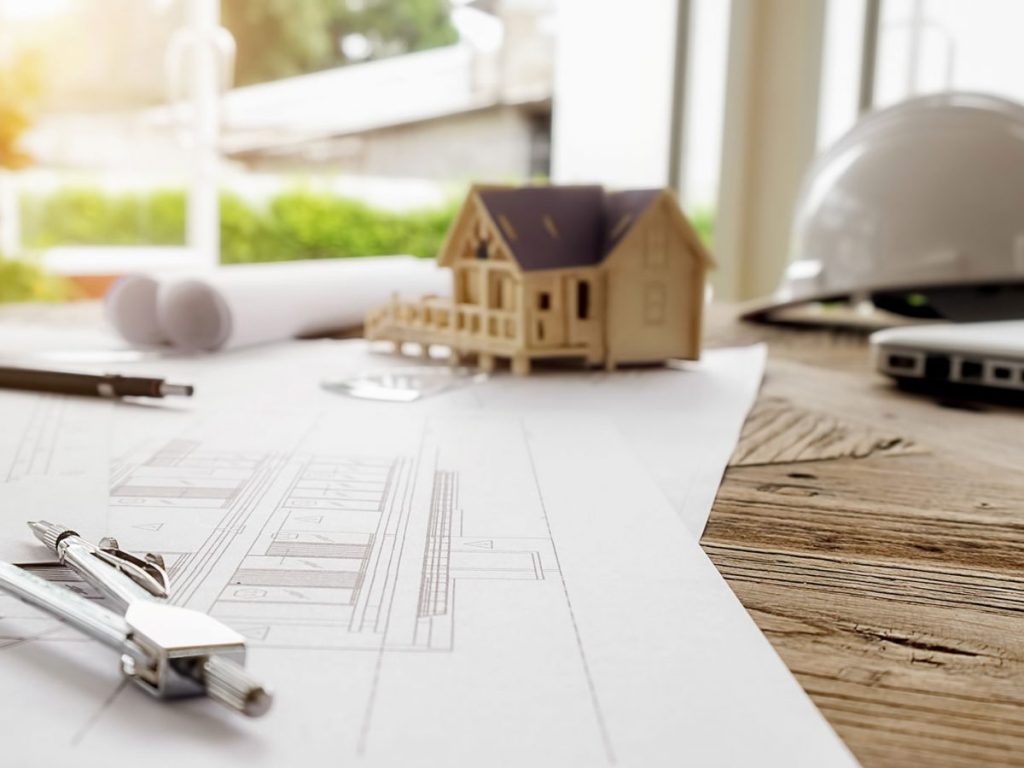Revolutionizing visual projects through cutting-edge 3D design techniques has transformed the way we approach creativity, innovation, and storytelling in various industries. With advancements in technology, 3D design has moved beyond being a niche tool for specific fields like gaming and animation and has found applications in architecture, product design, advertising, virtual reality, and even medicine. The possibilities are limitless, and as technology continues to evolve, the impact of 3D design in visual projects grows even more profound. One of the most notable benefits of integrating 3D design into visual projects is the ability to create immersive, lifelike experiences. Whether for a movie, a video game, or a virtual environment, 3D models allow for a depth of realism and interactivity that traditional 2D techniques simply cannot replicate. This sense of immersion can engage audiences in a way that sparks emotion, excitement, or even reflection. In advertising, for example, 3D design offers brands the opportunity to engage customers with hyper-realistic product visualizations that allow potential buyers to interact with and explore products before making a purchase decision.

Architectural visualization has also been dramatically transformed by 3D design, enabling architects and developers to present their visions for buildings and spaces in ways that were once unimaginable. With photorealistic renderings and virtual walkthroughs, clients can experience a space before it is built, giving them the chance to make informed decisions about layout, design, and materials. These 3D tools help streamline the design process, reduce errors, and improve communication between all parties involved. In product design, 3D modeling and rendering offer a more dynamic and cost-effective approach to prototyping. Designers can quickly iterate on ideas, testing out different features, materials, and colors virtually before producing a physical prototype. This not only accelerates the development process but also reduces material waste, making the design process more environmentally friendly. Additionally, 3D design software now integrates with augmented reality AR and virtual reality VR technologies, offering an even more interactive and tangible way to experience products in development.
The entertainment industry has seen some of the most impressive advancements in 3D design. Movies, television shows, and video games are constantly pushing the boundaries of visual storytelling by incorporating state-of-the-art 3D effects. From the hyper-realistic CGI in blockbuster films to the immersive virtual worlds of games, these advancements allow creators to bring their wildest imaginations to life in ways that feel real and accessible. The combination of 3D design with motion capture and animation techniques creates a synergy that has redefined how stories are told and experienced by audiences. As the demand for virtual experiences continues to grow, the integration of 3D design into various projects will only increase. Whether in the fields of architecture, entertainment, or advertising, embracing cutting-edge 3D dizajn techniques allows for more engaging, innovative, and memorable visual projects. The future of design lies in these advanced technologies, and those who harness the power of 3D design will be well-positioned to lead the charge in shaping tomorrow’s visual landscape.